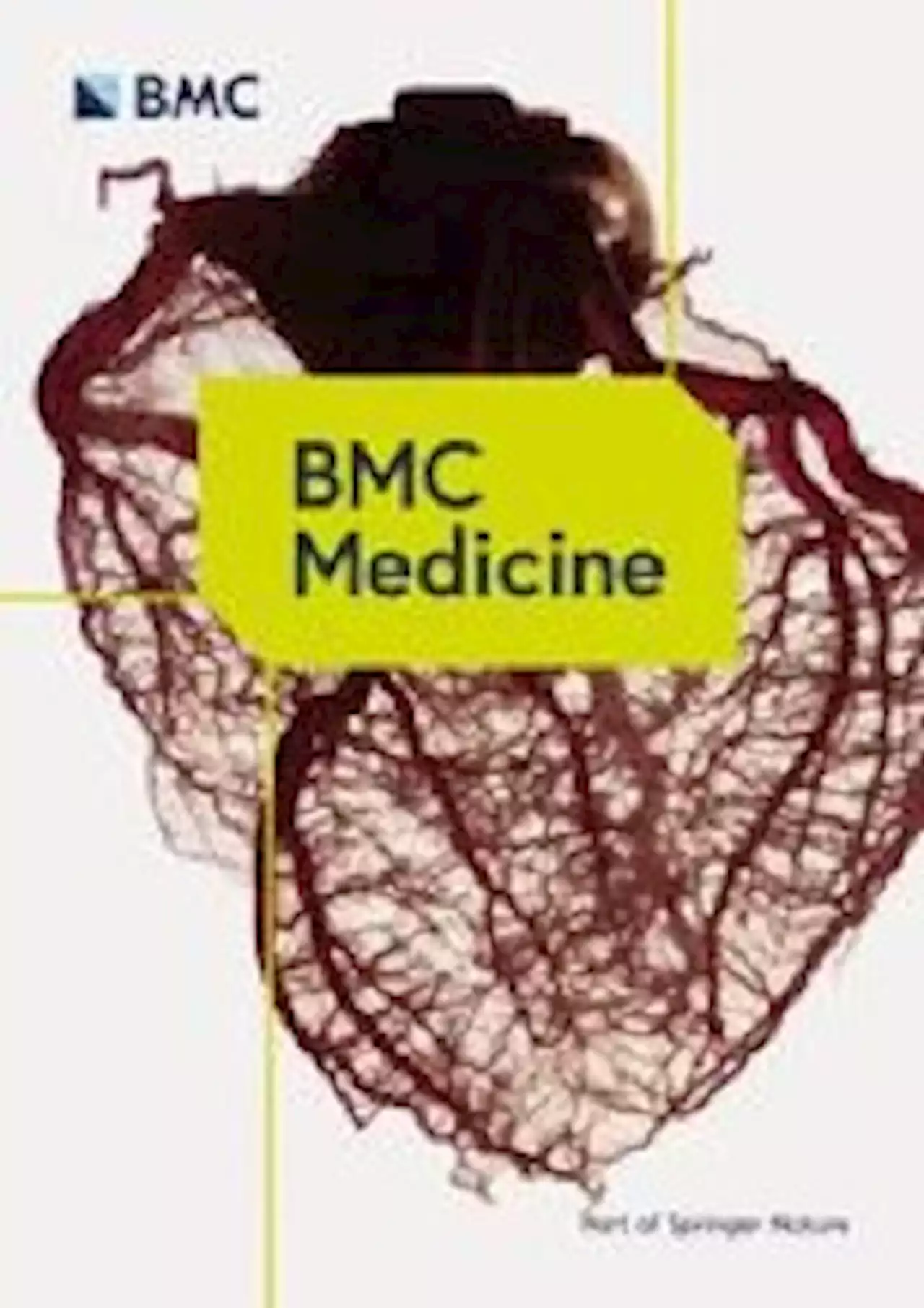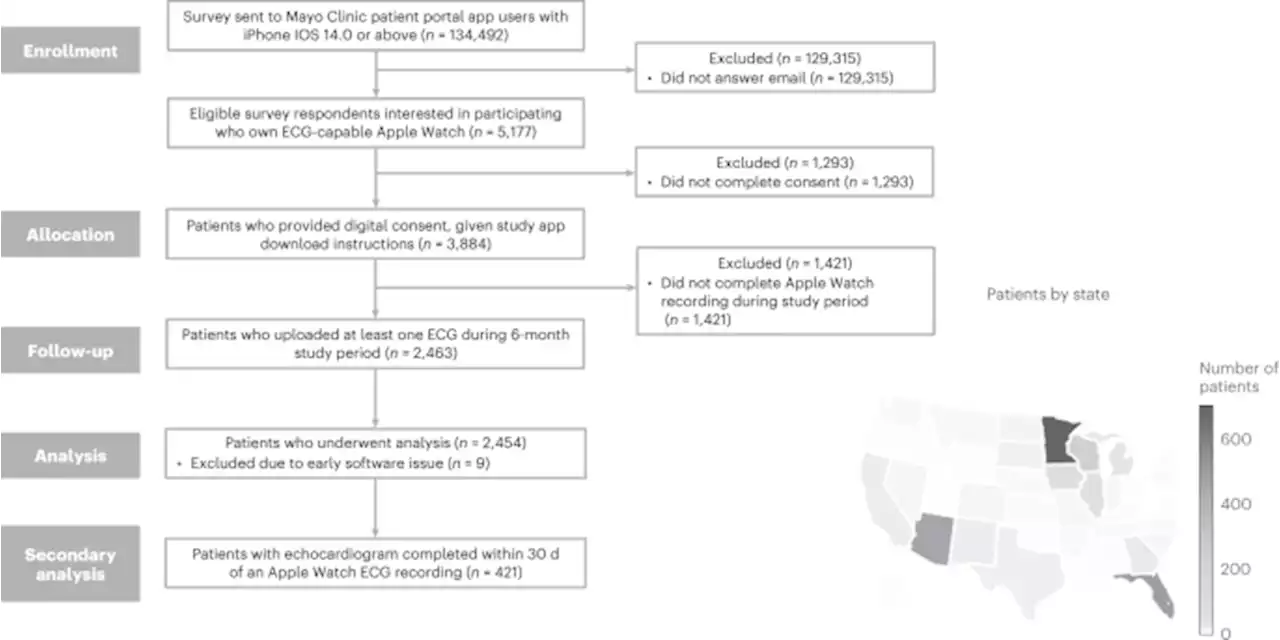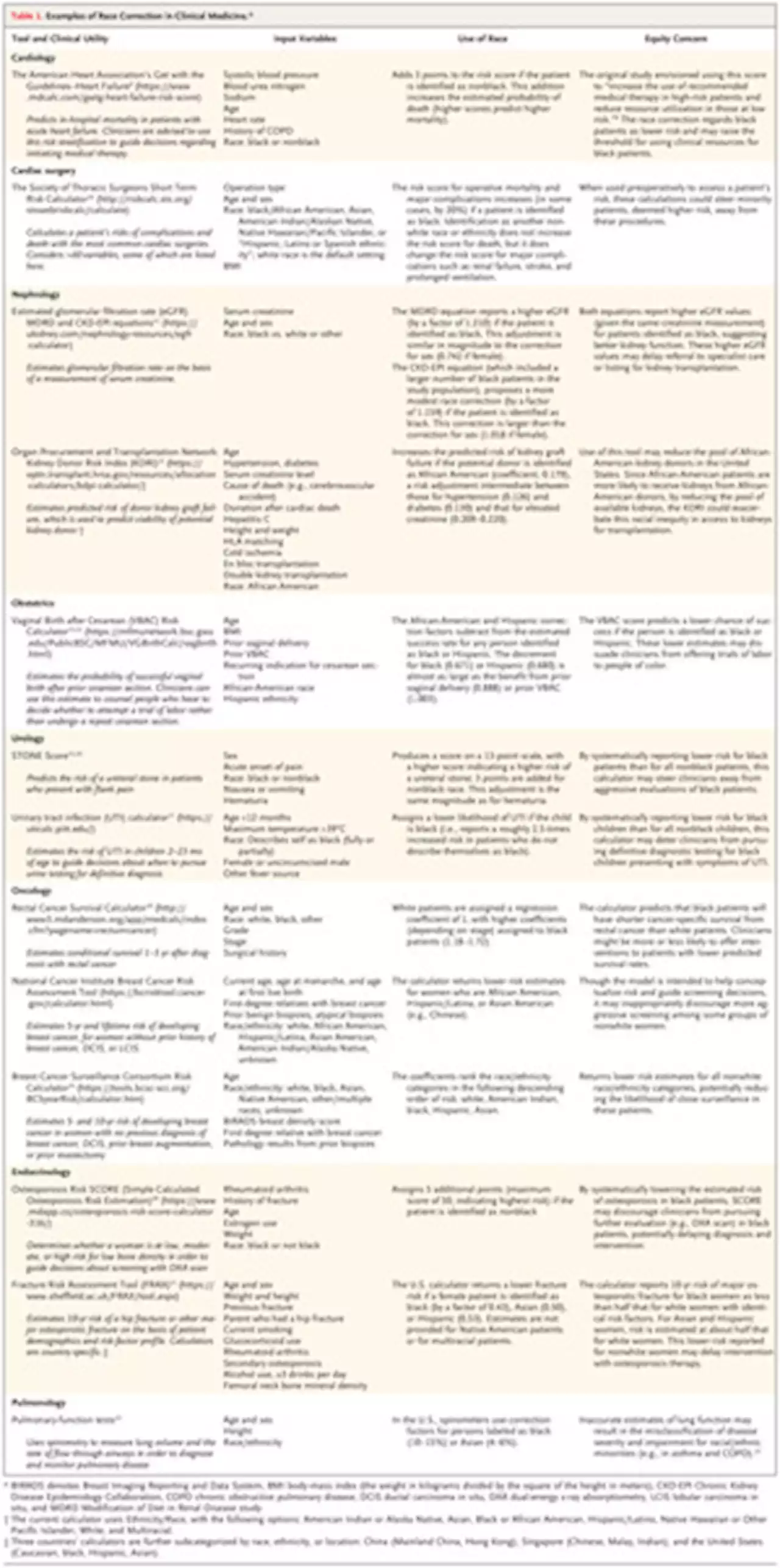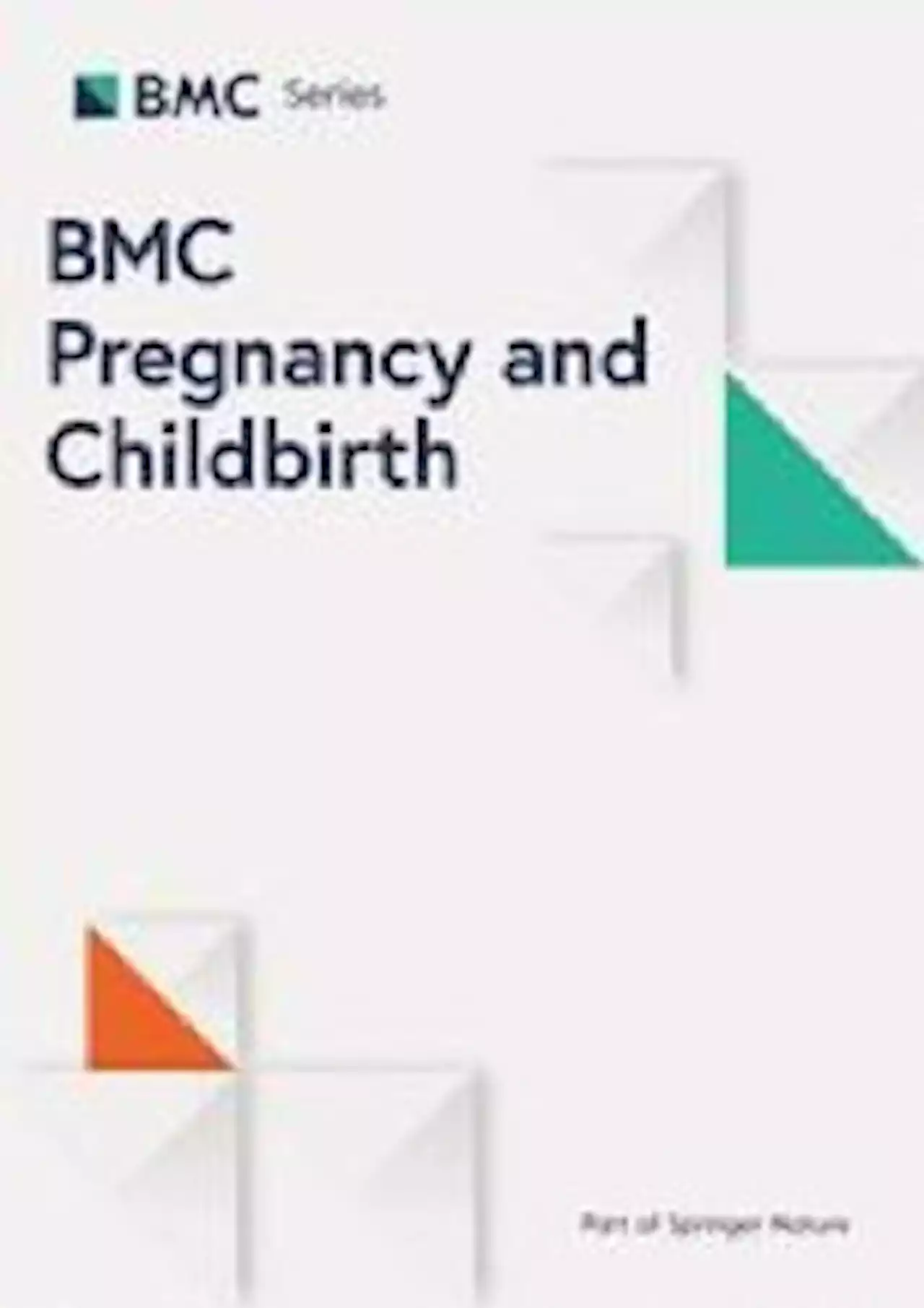The combined burden of frailty and poor cardiovascular health on mortality is higher in a dose-response trend for females, according to a study published in BMCMedicine.
], with T1, T2, and T3 corresponding to 0-7, 8-9, 10-14 points on the LS7, respectively. T1 represent people with the worst cardiovascular health, T2 have intermediate cardiovascular health, and T3 represent those with the best cardiovascular health relative to the cohort. We included participants regardless of CVD history.To evaluate the combined burden of frailty and LS7 on mortality, we joined the four frailty and LS7 groups.
]. All other underlying causes of mortality were categorized as non-CVD related mortality and include mortality related to malignant neoplasms, chronic lower respiratory diseases, accidents, Alzheimer’s disease, diabetes, influenza and pneumonia, nephritis, nephrotic syndrome, and nephrosis.Demographic characteristics are presented as frequency for categorical variables. Age was presented as mean ± standard deviation .
Ireland Latest News, Ireland Headlines
Similar News:You can also read news stories similar to this one that we have collected from other news sources.
 Association of lipid, inflammatory, and metabolic biomarkers with age at onset for incident cardiovascular disease - BMC MedicineBackground Risk profiles for premature cardiovascular disease (CVD) are unclear. This study aimed to examine baseline risk profiles for incident CVD by age at onset in Chinese population. Methods A total of 97,841 participants without CVD were enrolled from the Kailuan cohort study. Four age groups were examined (| 55, 55 to | 65, 65 to | 75, and ≥ 75 years) for CVD onset. Risk profiles included clinical, lipid, metabolic, and inflammatory risk factors and biomarkers. Results Of the clinical factors, diabetes was associated with the highest relative risk for incident CVD in participants younger than 55 years (sub-distributional hazard ratio [sHR], 4.08; 95% confidence interval [CI], 3.47–4.80). Risk factors that were also noted for CVD onset in participants younger than 55 years included hypertension, metabolism syndrome, overweight or obese, dyslipidemia, and smoking. Among the biomarkers, insulin resistance measured by triglyceride-glucose index had the highest sHR (1.42; 95% CI, 1.35–1.49) for CVD in participants younger than 55 years. In comparison, weaker but significant associations with CVD in participants younger than 55 years were noted for most lipids, metabolic biomarkers, and inflammatory biomarkers. Most risk factors and biomarkers had associations that attenuated with increasing age at onset. Some biomarkers had similar CVD age association, while a few had no association with CVD onset at any age. Conclusions These findings showed that diabetes and insulin resistance, in addition to hypertension, metabolism syndrome, overweight or obese, dyslipidemia, and smoking, appeared to be the strongest risk factors for premature onset of CVD, and most risk factors had attenuated relative rates at older ages.
Association of lipid, inflammatory, and metabolic biomarkers with age at onset for incident cardiovascular disease - BMC MedicineBackground Risk profiles for premature cardiovascular disease (CVD) are unclear. This study aimed to examine baseline risk profiles for incident CVD by age at onset in Chinese population. Methods A total of 97,841 participants without CVD were enrolled from the Kailuan cohort study. Four age groups were examined (| 55, 55 to | 65, 65 to | 75, and ≥ 75 years) for CVD onset. Risk profiles included clinical, lipid, metabolic, and inflammatory risk factors and biomarkers. Results Of the clinical factors, diabetes was associated with the highest relative risk for incident CVD in participants younger than 55 years (sub-distributional hazard ratio [sHR], 4.08; 95% confidence interval [CI], 3.47–4.80). Risk factors that were also noted for CVD onset in participants younger than 55 years included hypertension, metabolism syndrome, overweight or obese, dyslipidemia, and smoking. Among the biomarkers, insulin resistance measured by triglyceride-glucose index had the highest sHR (1.42; 95% CI, 1.35–1.49) for CVD in participants younger than 55 years. In comparison, weaker but significant associations with CVD in participants younger than 55 years were noted for most lipids, metabolic biomarkers, and inflammatory biomarkers. Most risk factors and biomarkers had associations that attenuated with increasing age at onset. Some biomarkers had similar CVD age association, while a few had no association with CVD onset at any age. Conclusions These findings showed that diabetes and insulin resistance, in addition to hypertension, metabolism syndrome, overweight or obese, dyslipidemia, and smoking, appeared to be the strongest risk factors for premature onset of CVD, and most risk factors had attenuated relative rates at older ages.
Read more »
 Prospective evaluation of smartwatch-enabled detection of left ventricular dysfunction - Nature MedicineIn this proof-of-concept prospective study, single-lead electrocardiograms obtained by smartwatches were able to identify individuals with left ventricular dysfunction, potentially serving as an early warning system for heart failure.
Prospective evaluation of smartwatch-enabled detection of left ventricular dysfunction - Nature MedicineIn this proof-of-concept prospective study, single-lead electrocardiograms obtained by smartwatches were able to identify individuals with left ventricular dysfunction, potentially serving as an early warning system for heart failure.
Read more »
 Behind the Scenes of the Oncology & Precision Medicine Conferences 2022During the conference, we caught up with some of the speakers to learn more about their work, what they were presenting, and their thoughts about the future of Oncology and Precision Medicine.
Behind the Scenes of the Oncology & Precision Medicine Conferences 2022During the conference, we caught up with some of the speakers to learn more about their work, what they were presenting, and their thoughts about the future of Oncology and Precision Medicine.
Read more »
 Hidden in Plain Sight — Reconsidering the Use of Race Correction in Clinical Algorithms | NEJMMedicine and Society from The New England Journal of Medicine — Hidden in Plain Sight — Reconsidering the Use of Race Correction in Clinical Algorithms
Hidden in Plain Sight — Reconsidering the Use of Race Correction in Clinical Algorithms | NEJMMedicine and Society from The New England Journal of Medicine — Hidden in Plain Sight — Reconsidering the Use of Race Correction in Clinical Algorithms
Read more »
 NI's health service 'in a dangerous situation' after major incident at hospitalA leading medic has said someone needs to take charge of Northern Ireland’s health service in the absence of an Executive at Stormont.
NI's health service 'in a dangerous situation' after major incident at hospitalA leading medic has said someone needs to take charge of Northern Ireland’s health service in the absence of an Executive at Stormont.
Read more »
 The effects of pregnancy discrimination on postpartum depressive symptoms: a follow-up study - BMC Pregnancy and ChildbirthBackground Pregnancy discrimination in the workplace is prevalent worldwide. However, few studies have examined the effects of pregnancy discrimination on mothers’ perinatal mental health. We aimed to investigate the association between pregnancy discrimination and postpartum depressive symptoms, and the mediation effects of prenatal depressive symptoms on this association. Methods Our sample consisted of 285 Japanese women employed during pregnancy who completed a baseline online survey in May 2020 and a follow-up mail survey two months postpartum. Pregnancy discrimination was defined as exposure to any of 16 forms of disadvantageous treatment or harassment related to pregnancy, prohibited by national guidelines. Prenatal (assessed at baseline) and postpartum (assessed at follow-up) depressive symptoms were measured using the Edinburgh Postnatal Depression Scale. Multiple linear regression and mediation analyses were performed overall and stratified by regular (permanent) and non-regular (precarious) employees. Results Overall, 23.9% of participants experienced pregnancy discrimination during pregnancy. After adjusting for potential confounders, pregnancy discrimination was significantly associated with postpartum depressive symptoms (coefficient 1.76, 95% confidence interval [CI] 0.65–2.88). When stratified by employment type, these effects were observable among non-regular employees (coefficient 2.51, 95% CI 0.45–4.57) but not regular employees. Mediation analysis showed that prenatal depressive symptoms mediated 57.1% (95% CI 20.1–94.1%) of the association between pregnancy discrimination and postpartum depressive symptoms among all participants, with a greater effect among non-regular employees (64.1% [95% CI 18.5–109.8%]). Conclusions Pregnancy discrimination has adverse effects on postpartum depressive symptoms, partially through prenatal depressive symptoms, especially among non-regular employees. To prevent perinatal depression in female workers, employers
The effects of pregnancy discrimination on postpartum depressive symptoms: a follow-up study - BMC Pregnancy and ChildbirthBackground Pregnancy discrimination in the workplace is prevalent worldwide. However, few studies have examined the effects of pregnancy discrimination on mothers’ perinatal mental health. We aimed to investigate the association between pregnancy discrimination and postpartum depressive symptoms, and the mediation effects of prenatal depressive symptoms on this association. Methods Our sample consisted of 285 Japanese women employed during pregnancy who completed a baseline online survey in May 2020 and a follow-up mail survey two months postpartum. Pregnancy discrimination was defined as exposure to any of 16 forms of disadvantageous treatment or harassment related to pregnancy, prohibited by national guidelines. Prenatal (assessed at baseline) and postpartum (assessed at follow-up) depressive symptoms were measured using the Edinburgh Postnatal Depression Scale. Multiple linear regression and mediation analyses were performed overall and stratified by regular (permanent) and non-regular (precarious) employees. Results Overall, 23.9% of participants experienced pregnancy discrimination during pregnancy. After adjusting for potential confounders, pregnancy discrimination was significantly associated with postpartum depressive symptoms (coefficient 1.76, 95% confidence interval [CI] 0.65–2.88). When stratified by employment type, these effects were observable among non-regular employees (coefficient 2.51, 95% CI 0.45–4.57) but not regular employees. Mediation analysis showed that prenatal depressive symptoms mediated 57.1% (95% CI 20.1–94.1%) of the association between pregnancy discrimination and postpartum depressive symptoms among all participants, with a greater effect among non-regular employees (64.1% [95% CI 18.5–109.8%]). Conclusions Pregnancy discrimination has adverse effects on postpartum depressive symptoms, partially through prenatal depressive symptoms, especially among non-regular employees. To prevent perinatal depression in female workers, employers
Read more »
